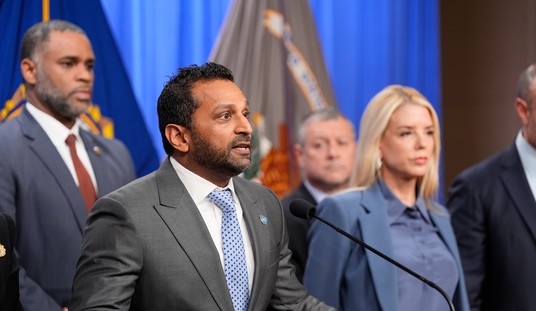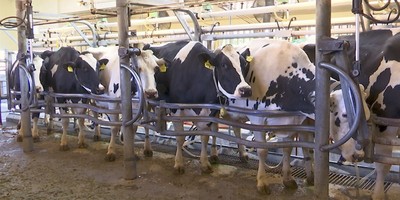Weeks into a national stay-at-home scenario, it’s fairly easy to understand how quick it is to become discouraged. Despite remarkable advances on therapeutic options from blood plasma/antibodies to on-the-shelf treatments like Hydroxycholorquine/Azithromycin, and faster work to bring vaccines to market than ever in human history—we Americans can be discouraged.
Our businesses have suffered. Government programs have been less than satisfying. Cable news has delighted in presenting the darkest and most doom-filled headlines possible.
The cynical sides in all of us believe much of this is because our lack of trust in elected leaders, and they have not failed to disappoint.
Frontline physicians using therapies and having remarkable successes are talked down to and chided by a physician that hasn’t been in active practice in years and the academic class of those who prefer to theorize as opposed to cure.
We see the numbers of infections and deaths on our screens go up daily, but the cable outlets can’t quite find the courtesy to add the numbers of those who have recovered.
For all of the above reasons I have chosen to focus on the good news that's largely being underreported, highlighting this on my social media feed—specifically Twitter—(@KMCRadio)—and more broadly on my radio show.
Downward Trends:
This weekend, while we did mark some of the worst numbers late in the week on new infections and deaths, Sunday was significant both globally and in America’s hottest “hot spot” of New York/New Jersey.
Deaths:
Sunday proved to be the first day of fewer recorded deaths for New York. Saturday’s new record of 630 at least momentarily became the official apex as Sunday 36 fewer people died. Likewise in America’s second deadliest state—New Jersey—the number of 200 new dead on Saturday fell to 72 on Sunday.
Recommended
Globally deaths were on downward trends in other places, Spain, for example actually capped off four days straight of diminishing death numbers. I did not hear this reporting anywhere in U.S. broadcast media.
New Infections:
In Austria, hard-hit Italy and Spain also saw the number of new infections reduced. The Italy and Spain trend being extremely relevant given that they had initially and for many weeks thereafter been unable to get on top of massive outbreaks.
Hospitalizations:
In New York, for the first time since the outbreak, the number of new hospitalizations not only dramatically dropped (by nearly 50%) but beds needed, new beds “trending,” and ICU beds needed and trending are all beating the University of Washington’s IHME model. (More on that below.)
Projections Are Not Keeping Up:
I only began really taking note of it a couple of days ago, but speaking of the University of Washington IHME model, this model has been for the chattering class what the Johns Hopkins’ dashboard has been for cable television. Sensational, colorful, dramatic… but unlike the dashboard, based entirely on projections, and not on data. It is also beginning to ride off its rails of reliability. As the time of this writing, deaths in America sit at 9,654. Corresponding to this timeline the IHME had “worst case” projections of 12,682 dead, “average case” 11,592, and “best case” at 10,333. Effectively still even 200 behind the previous day’s “average case of 9,858.
The IHME has also been tracking the number of beds needed in the hot zone of New York. Thankfully the state has not yet come in real danger of hitting the numbers projected.
These projections are also falling short at a rather important confluence of time on multiple fronts.
Therapeutic treatment of Hydroxychloroquine/Azithromycin has only been widely available via the FDA for exactly one week. Physicians eager to use it but nervous about weird governors threatening fines and action against them really have only one week of cover to effectively prescribe if they were not previously part of one of the controlled trials.
And on that note, there is a very relevant number in New York state that has not been reported much of anywhere. Hospital discharges in New York hit a significant increase on Sunday. New York has had Hyrdoxycholorquine in trials for roughly two weeks, the FDA action went into effect one week ago. The average case takes 5-7 days to work results.
Is the marked improvement in New York’s hospitals a sign that something is working? It would be a better use of Dr. Fauci’s energy to understand if that is in fact the case than repeatedly down-talking physicians that continue to report success after success in both inpatient and outpatient settings.
Recoveries:
Because it’s the “other” number that can’t seem to be found on television: 17,582 (in America.) That is almost double the death rate, and the recovery rate only surpassed the death rate on Friday at 10,000 to 7,000.
Again my hope is to keep giving you hope.
For THAT is what will pull us through!
























Join the conversation as a VIP Member